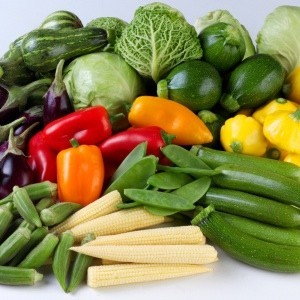Most small vegetables are not really miniatures, and are grown like other vegetables, but possibly closer together. Of course there are also dwarf varieties that easily lend themselves to growing miniature veggies. This is a page about growing miniature vegetables.
 Baby or miniature vegetables have been always been a staple in Asian cooking, and they have been popular in restaurants and kitchens across most of Europe for decades. Now that they are soaring in popularity here in North America, the price to buy them is soaring as well. Fortunately, gardener, even those without a lot of space can enjoy miniature vegetables more economically, by simply by growing their own at home.
Baby or miniature vegetables have been always been a staple in Asian cooking, and they have been popular in restaurants and kitchens across most of Europe for decades. Now that they are soaring in popularity here in North America, the price to buy them is soaring as well. Fortunately, gardener, even those without a lot of space can enjoy miniature vegetables more economically, by simply by growing their own at home.
Immature Specimens: Some full-sized vegetables lend themselves well to being grown as miniatures, for example carrots, beets, onions, summer squash, and sweet corn. With the exception of squash, these crops are planted close together in blocks instead of rows. This way growth is restricted and so the need for weeding is reduced. Each is harvested at the optimal time to maintain the ideal size and sweetness.
Finding out just what size is optimal for you may take a bit of experimenting. Vegetables like summer squash are harvested when the fruits are small, but still planted with enough space to allow the vines to grow normally. Corn is another example of a full-sized vegetable that can be made miniature by harvesting the ears just as the silk emerges from the husk.
Dwarf Varieties: With dwarf varieties of vegetable seeds now so widely available, many gardeners may just want to go straight to planting varieties bred exclusively to grow into a miniature size. This is by no means an exhaustive list, but here are some great varieties to get you started: